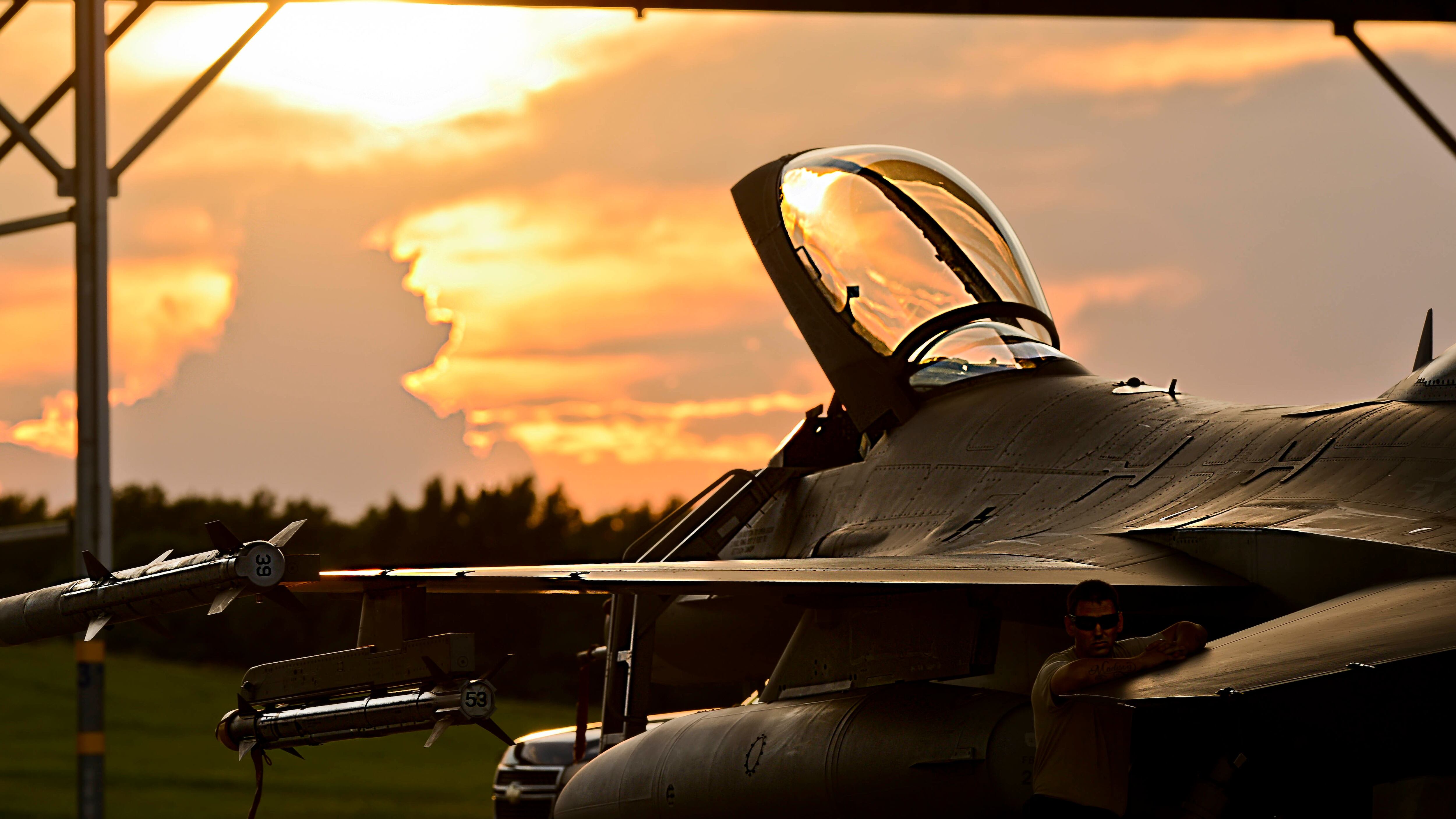In 2013 I was the vice chief of staff of the U.S. Air Force. I presided over plans to absorb an unplanned and ill-conceived sequestration reduction. The budget cuts were so devastating, the Air Force was forced to do the unthinkable — ground front-line combat-coded aircraft. We also delayed depot repairs from which the Air Force is still trying to recover. Since that time, I have often wondered what would have happened if our nation called upon those grounded airplanes to defend the country. That was a dark time in our history. I am concerned we may repeat that dark history.
Sadly, it appears that some of our nation's lawmakers might surrender to the idea that the Department of Defense can operate on a continuing resolution for defense appropriations the remainder of this fiscal year. To be clear, it won't be an enemy that grounds the world's best Air Force — this would be a self-inflicted wound. Without firing a shot or spending a dime, near-peer competitors will catch up faster while our readiness problems escalate.
Under a CR, the Air Force will be forced to operate on a budget level that is insufficient for the growing force. The Air Force would not have the funds to grow large enough to meet new missions, obsolete programs would continue and they would be unable to start needed new programs. Since our nation was attacked on 9/11, the federal government has been funded through a CR for 14 of 17 years. As a nation at war, this is not how we should provide for our war fighters.
Our nation cannot afford a second-rate military, yet that is the crossroads we are facing. The cost could be more aggression around the world and being unable to defend our national interests when called upon. Alarm bells should be going off.
Air Force readiness is at dangerous levels; the service is less than 50 percent "ready" for its missions. They are short 1,550 pilots, 950 fighter pilots, 3,400 maintainers and needed cyber specialists. Air Force leaders recently testified that we are perilously close to a "Hollow Force." The preamble to the U.S. Constitution reminds us that it is vital for our nation to "provide for the common defense," but we cannot protect ourselves on the cheap. The Air Force needs help on multiple fronts. We didn't get here overnight, and it will take years to fix. Our lawmakers must fund our national security on time and at the right levels.
Secretary of Defense Jim Mattis testified on March 22 that "only an FY 2017 appropriations bill can permit us to spend the American taxpayers' money judiciously and start us on the long road back to military readiness to ensure we can fight effectively." The Senate needs to pass the fiscal 2017 defense appropriations bill and get it to the president for signature before the current temporary funding law expires on April 28. Absent full appropriations for the remaining five months of this fiscal year, the world's most predominant Air Force will be forced to trade off readiness to find $2.8 billion in unbudgeted funds. This is eerily similar to what I faced during sequestration. The Air Force would ground non-deployed aircraft in late June for two to three months. They would stop purchasing needed munitions that are already at critically low levels. Civilian hiring would stop — affecting most Air Force programs and countless communities. Depot hiring would halt and aircraft maintenance would be curtailed. The Air Force would stop fixing what is broken on bases. Training exercises would cease. Modernization programs would be delayed. Sixty program starts would wait, costs would increase and war fighters would do without. All this degrades readiness, and all this can be prevented. Another CR is wasteful for the taxpayers, dangerous to our airmen, and a devastating shot to the heart of the brave men and women who defend this great nation and the civilians and families that support them.
Gen. David Goldfein, chief of staff for the Air Force, testified that "pilots who don't fly, maintainers who don't maintain, air traffic controllers that don't control — leave. … it takes approximately 10 years and $10 million to train a fighter pilot. One thousand [pilots] short equates to $10 billion of capital investment that walked out the door and it will take us 101 years to replace that experience. Of all the things that we can do to retain pilots the most important is to get them airborne." Even if money is restored later, the Air Force can't fix readiness problems overnight or with a one-time infusion. They need regular funding over several years.
The demand for aerospace and cyber power is growing, and the world is getting more dangerous. This is a pivotal year for our nation's Air Force. The Air Force Association advocates for a dominant Air Force, and we strongly believe Congress must act now.








